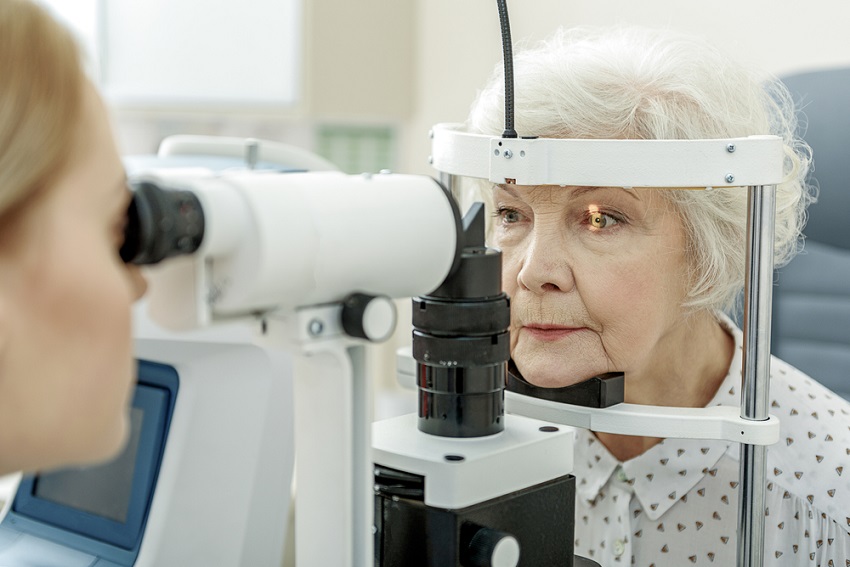90% of the blindness caused by glaucoma could be avoided through annual check-ups according to Dr. Joaquín Fernández Canillas, an ophthalmologist at Quirónsalud Murcia and Torrevieja hospitals.
But despite the advances in science, there are still many people who are still unaware that they have the disease. “The patient is not aware that he has the disease until he has lost much of sight” explains Dr. Canillas.
Glaucoma is a silent disease that causes blindness. According to the specialist “from the age of 40, periodic reviews are essential to stop the progression of the disease, since it has no symptoms. In the case of belonging to a family where members have suffered from glaucoma, it is essential to to have the regular checks.”
This disease affects 6% of the population and the fundamental test for its early detection is ocular blood pressure, says Dr. Canillas. “It is also associated with other visual pathologies, such as myopia and high-grade hyperopia, as is the case of diabetics”, he adds.
The test to detect glaucoma consists of a tonometry to determine the intraocular pressure (IOP), the fluid pressure inside the eye. It is an important test in the evaluation of patients at risk from glaucoma.
Most tonometers are calibrated to measure pressure in millimeters of mercury (mmHg). It is a quick, simple and painless test that will identify those people susceptible to glaucomatous damage, the most important risk factor for the development of this disease, which can lead to blindness if it is not treated in time.
Glaucoma encompasses a group of diseases that cause progressive damage to the optic nerve. With age, its incidence increases and the visual field decreases. The high eye pressure increases the risk of developing glaucoma and the risk of patient falls is four times higher than that of a person with normal vision.
Prevention and treatment
From the age of 40 it is important to undergo a complete examination of the eyes every one or two years. If you can reduce eye pressure in the early stages of glaucoma, you can stop the progress of the disease and help protect your vision.
Profiles with higher risk of developing the disease:
- Over 60 years.
- With direct family members who have had glaucoma.
- Black or Asian.
- With high myopia.
- With other eye diseases.
The treatment of glaucoma will preserve your vision. The only known risk factor against which you can fight is high intraocular pressure, which can be lowered by drugs (basically eye drops). But if these are not enough, there are laser treatments, in addition to a variety of surgical techniques.
It is important to have your eyes examined regularly. Your eyes should be tested:
- Before age 40, every two to four years
- From age 40 to age 54, every one to three years
- From age 55 to 64, every one to two years
- After age 65, every six to 12 months
- Anyone with high risk factors should be tested every year or two after age 40.





